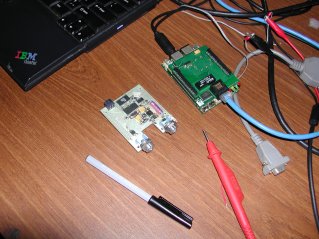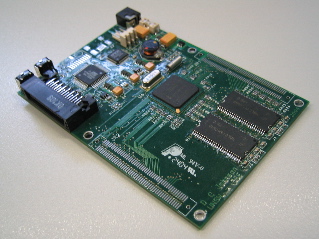Overview
The PLEB project relates to building hardware and software infrastructure for research and applications implementation. The project was started in 1998 by then undergrauate student Adam Wiggins. A small portable device was developed, along with the necessary infrastructure for the development of both applications and implementation of research ideas. Since then, PLEB 2 (a second-generation device with a more modern processor), and several applications and add-on daughtercards have been implemented.
All the PLEB boards we had have now died; there is no intention to build any new ones. These pages are for historical interest only.

|

|
| PLEB/Photon motherboard with CAN node | XScale-based PLEB 2 motherboard |
|---|
Background
The PLEB project was started as a student initiative at the School of Computer Science and Engineering (CSE), University of New South Wales (UNSW) to make a pocket computer capable of running the Linux Kernel.
The original proposal outlined the goals of the project and requested School funding to produce the PLEB hardware. The proposal was approved and originally funded by CSE. After the formation of NICTA, the project was associated with the Embedded Real-Time Operating Systems(ERTOS) Group.
Since the original proposal the goals of the project have broadened to producing flexible, low-power systems for use in portable and embedded applications requiring a significant processing capability. The ARM architecture has been the main focus of the work thus far, but investigations into the use of other architectures for both research and application are ongoing.
PLEB hardware has been used by a number of groups to implement embedded applications.

